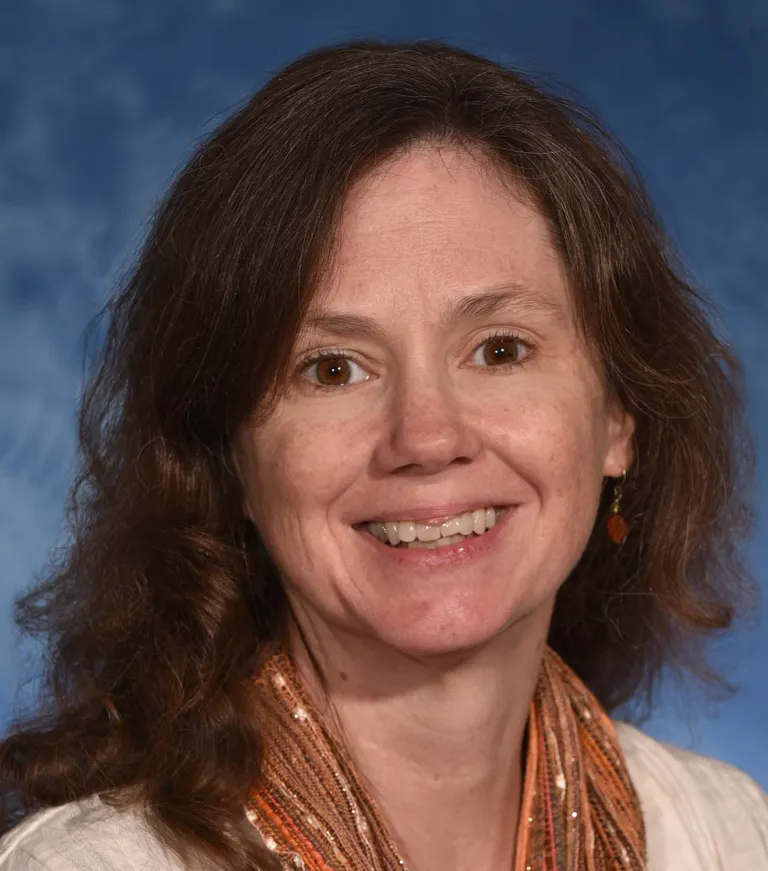Investing in our Future

Dear Friends, Alumni, and Current Members of the University of Tennessee, Knoxville Department of Microbiology:
Cellular life, from microbes to man, is endlessly fascinating and a resource for meeting the challenges of our future. In this edition of our newsletter, you will see some highlights about our faculty and graduate student researchers who are gaining vital knowledge by investigating both fundamental and applied questions. Some of this knowledge will have immediate benefits for society. However, the tremendous long-term return on investment in scientific discovery is what I find most thrilling about the research mission. It can take decades for a seemingly esoteric discovery to transform our world, and we must trust our investments in the people who are making those discoveries.
One of my favorite examples of the delay between fundamental discoveries and our full realization of their implications is the molecular biology revolution. Cloning, the ability to cut and splice DNA at specific sites, is based on research on the fate of DNA of bacterial viruses (phages) within infected bacterial cells. In the 1950s, pioneers—including Grete Kellenberger-Gujer, Werner Arber (Nobel, 1978), and Daisy Dussoix—discovered that incoming phage DNA could be restricted from entry by nucleases that cut DNA at specific sites (Citi and Berg, 2016 Bacteriophage 6:e1148805; Loenen et al. 2014 Nucleic Acids Res. 42:3). These “restriction enzymes” are the foundation of recombinant DNA technology, used, among other things, to create the bacterial expression strains that remain our major source of therapeutic insulin.
Other examples of how researchers’ curiosity led to major societal transformations include the discovery of Thermus aquaticus in Yellowstone National Park that led to PCR-based technologies, such as forensic DNA analyses that can identify missing persons or criminals. Similarly, the discovery that some bacterial genomes have clustered, regularly interspersed short palindromic repeats, ultimately known as CRISPRs, led to a powerful gene editing technology that is being used to treat cancer and sickle cell anemia.
A common theme among these examples is that they each start with teams of researchers working together to apply their deep background knowledge, curiosity, creativity, and hard work to answering questions at the edge of science. Another theme is that the discoveries required connecting the living world around us to the laboratory—
with natural isolates of organisms, collected from the environment, being brought into the lab and studied to understand what is happening inside them. I am proud to say that these themes are in abundance in our department, and it is exciting to ponder the as-yet-unimaginable transformations that will be spurred by the work we are doing now. On behalf of the entire department, I offer thanks to those who invest in us for the future.
In this edition of our newsletter, you will hear the perspectives of faculty and graduate students on what it takes to succeed in research, and why we are driven to answer the big questions in science. You will learn about Assistant Professor Andrew Monteith’s investigations into the metabolic underpinnings of immunity in response to cancers, autoimmunity, and infectious diseases, and Professor Erik Zinser’s research on the physiology of and interactions among marine microbes and how technological advances are transforming the way we approach answering biological questions in these vast ecosystems. You also will learn from graduate student Mikayla Mangrum about her work on understanding the cell surfaces of the pathogenic fungus Candida albicans, toward identifying new treatments, and from recent PhD graduate Liz Glasgo, who developed new genetics tools that facilitated her investigations on the physiology of the marine bacterium Vibrio natriegens. Graduate student Toyosi Nimat Ajide-Bamigboye has focused her attention on a critical issue facing the globe: the impacts of microplastics on the microbiology and health of soil ecosystems.
This year we bid fond farewell to Distinguished Lecturer Elizabeth McPherson, who will be retiring after 30 years of dedicated service to our department. She has taught tens of thousands of undergraduate students, mentored hundreds of graduate students, and helped many new instructors at all levels find their footing in the classroom. She developed and continues to update and publish laboratory protocol books. Over the course of her career, she has received numerous Outstanding Undergraduate Teaching Awards from the department. Her contributions to our department are deep and broad, and we will miss her tremendously. Best wishes on a happy retirement Elizabeth!
I am pleased to announce the arrival in fall 2024 of three new assistant professors, Carolyn Ibberson, Sara Clasen, and Zach Burcham. Each brings new research and instructional expertise in the microbiology of human and other ecosystems. We also welcome Haley Dylewski (PhD ’24), who will join our instructional team. We look forward to sharing with you their exciting progress and news in future newsletters!
Heidi Goodrich-Blair
David and Sandra White Professor and
Head of Microbiology